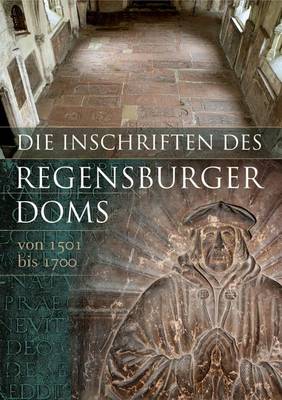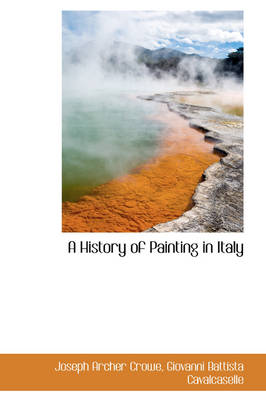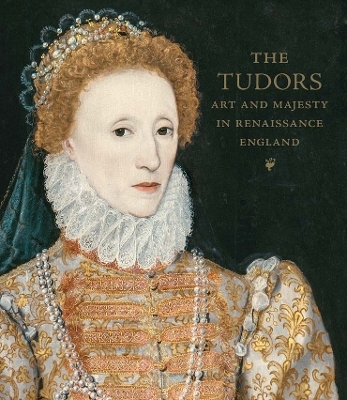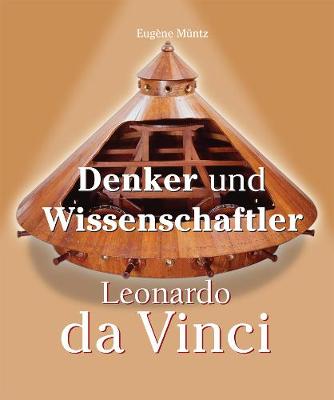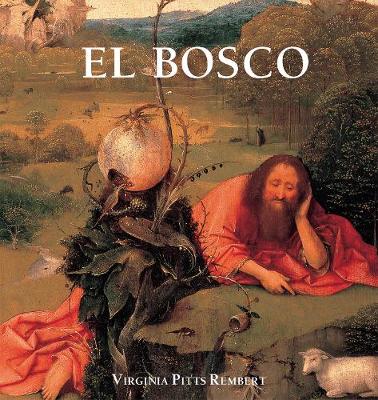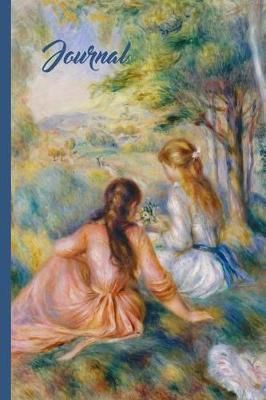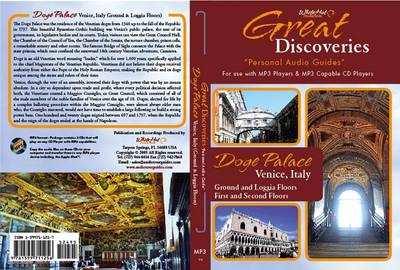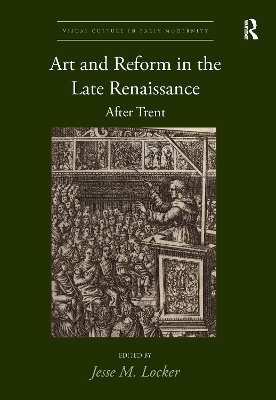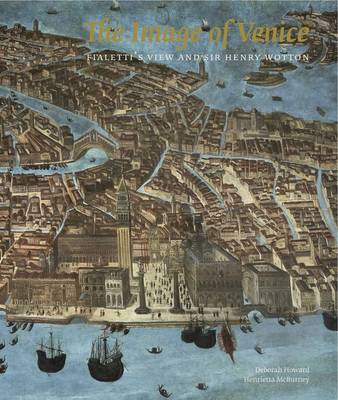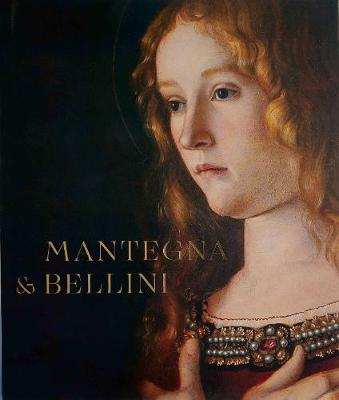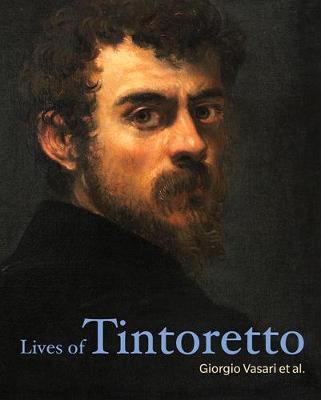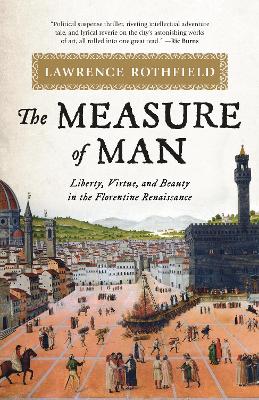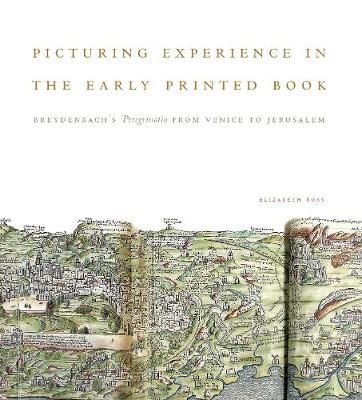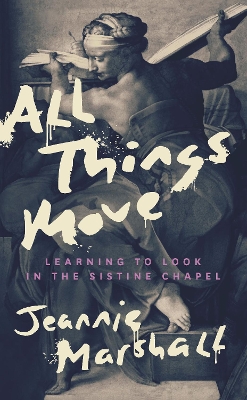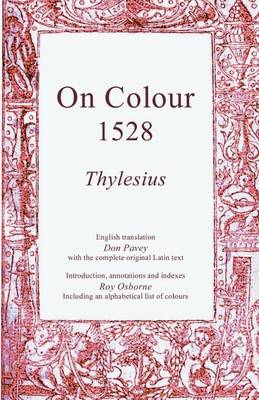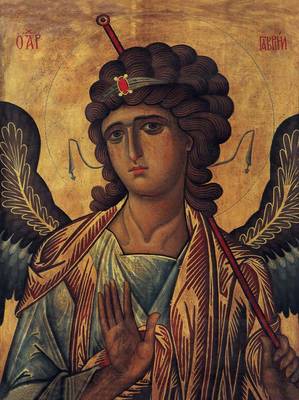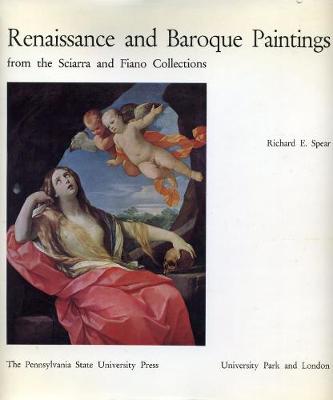The Tudors
by Elizabeth Cleland, Adam Eaker, Marjorie E Wieseman, and Sarah Bochicchio
A fascinating new look at the artistic legacy of the Tudors, revealing the dynasty’s influence on the arts in Renaissance England and beyond Ruling successively from 1485 through 1603, the five Tudor monarchs changed England indelibly, using the visual arts to both legitimize and glorify their tumultuous rule—from Henry VII’s bloody rise to power, through Henry VIII’s breach with the Roman Catholic Church, to the reign of the “virgin queen” Elizabeth I. With incisive scholarship and sumptuous...
Leonardo Da Vinci - Denker und Wissenschaftler (Prestiges)
by Eugene Muntz
Auguste Renoir Girls in the Meadow Vintage Art Journal
by Epic Love Books
Doge Palace (Great Discoveries Personal Audio Guides: Venice)
by Jim Sweeney
Art and Reform in the Late Renaissance (Visual Culture in Early Modernity)
Drawing on recent research by established and emerging scholars of sixteenth- and seventeenth-century art, this volume reconsiders the art and architecture produced after 1563 across the conventional geographic borders. Rather than considering this period a degraded afterword to Renaissance classicism or an inchoate proto-Baroque, the book seeks to understand the art on its own terms. By considering artists such as Federico Barocci and Stefano Maderno in Italy, Hendrick Goltzius in the Netherlan...
Global City
by Annemarie Jordan Gschwend, Kate Lowe, and Jeremy Warren
Awarded an Honorable Mention by The Eleanor Tufts Award. The Award Committee called the book a transformative scholarly contribution. Awarded the 2016 Admiral Teixeira da Mota Prize from the Academia de Marinha (Navel Academy), Lisbon Recently identified b the editors as the Rua Nova dos Mercadores, the principal commercial and financial street in Renaissance Lisbon, two sixteenth-century paintings, acquired by Dante Gabriel Rossetti in 1866, form the starting point for this portrait of a global...
An innovative study of the relationship between Andrea Mantegna and Giovanni Bellini, two masters of the Italian Renaissance Andrea Mantegna (c. 1431-1506) and Giovanni Bellini (active c. 1459; died 1516) each produced groundbreaking paintings, marked by pictorial and technical innovations, that are among the masterpieces of the Italian Renaissance. Exploring the fruitful dynamic between Mantegna's inventive compositional approach and interest in classical antiquity and Bellini's passion for...
Lives of Tintoretto (Lives of the Artists)
by Giorgio Vasari, Pietro Aretino, Andrea Calmo, Veronica Franco, and Carlo Ridolfi
Michelangelo, Machiavelli, the Medicis. Explore the Florentine Renaissance, one of the most concentrated surges of creativity in the history of civilization in this enthralling book that brings the city to glorious life. A highly readable introduction to the Florentine Renaissance, blending the republic's political and economic tensions with tales of artistic creativity and innovation. Packed with fascinating color and detail, it's perfect for students and travelers to Florence who want to hit t...
Leonardo Da Vinci (Art & Architecture) (Library of Great Masters S.)
by Bruno Santi
L'Automne de la Renaissance (Les Belles Lettres / Essais, #25)
by Carlo Ossola
Bernhard von Breydenbach's Peregrinatio in terram sanctam (Journey to the Holy Land), first published in 1486, is one of the seminal books of early printing and is especially renowned for the originality of its woodcuts. In Picturing Experience in the Early Printed Book, Elizabeth Ross considers the Peregrinatio from a variety of perspectives to explain its value for the cultural history of the period. Breydenbach, a high-ranking cleric in Mainz, recruited the painter Erhard Reuwich of Utrecht f...
A writer studies a famous work of art and finds herself and her own cultural moment revealed at its heart. Jeannie Marshall lived in Rome for ten years without visiting the Sistine Chapel: she didn’t want to have a superficial experience of the frescos, but she wasn’t sure how, amidst the crowds of tour groups and the noise of pop culture allusions, she could have anything but. What’s more, she wondered what this very old, very Catholic art, created by a man who grew up under the warm Tuscan su...
Sammler, Sammlungen, Sammlungskulturen in Wien Und Mitteleuropa (Sammler, Sammlungen, Sammlungskulturen in Wien Und Mitteleuropa, #2)
Sammlungsschwerpunkte und Erwerbungsstrategien, asthetische Wertschatzung und Preisgestaltung, Prasentation und Aufstellung, Netzwerke von Agenten, Kunsthandlern und Beratern stehen im Zentrum des Bandes, der so unterschiedliche Sammlerpersoenlichkeiten wie den Furstbischof von Olmutz (Olomouc), Karl von Liechenstein-Castelcorno, den Kardinalprotektor der Habsburger im papstlichen Rom, Kardinal Nicolo del Giudice, den Hofkomponisten Georg Reutter d. J., den Grafen Johann Rudolph Czernin und sein...
Byzantium
The fall of the Byzantine capital of Constantinople to the Latin West in 1204 during the Fourth Crusade abruptly interrupted nearly nine hundred years of artistic and cultural traditions. In 1261, however, the Byzantine general Michael VIII Palaiologos triumphantly re-entered Constantinople and reclaimed the seat of the empire, initiating a resurgence of art and culture that would continue for nearly three hundred years, not only in the waning empire itself but also among rival Eastern Christi...
The discovery of an unknown collection of old master paintings is today a rare occurrence. This volume catalogues and illustrates more than sixty Italian, French, German, and Netherlandish paintings of outstanding quality from the fifteenth through the eighteenth centuries (including several masterpieces by major Baroque artists, such as Guido Reni, Carlo Maratta, and Luca Giordano). The provenance of many of these previously unpublished paintings was the distinguished Barberini collection.The a...
Joachim Tielke was an outstanding instrument maker in the Baroque period who is famous above all for his elaborately decorated works. The book presents new instruments made by him that have only recently become known. This has made it possible to expand on various aspects of his work and to clarify questions regarding dating more precisely. This book provides new insights into Tielke's work and supplements the extensive volume Joachim Tielke. Kunstvolle Musikinstrumente des Barock (2011).

